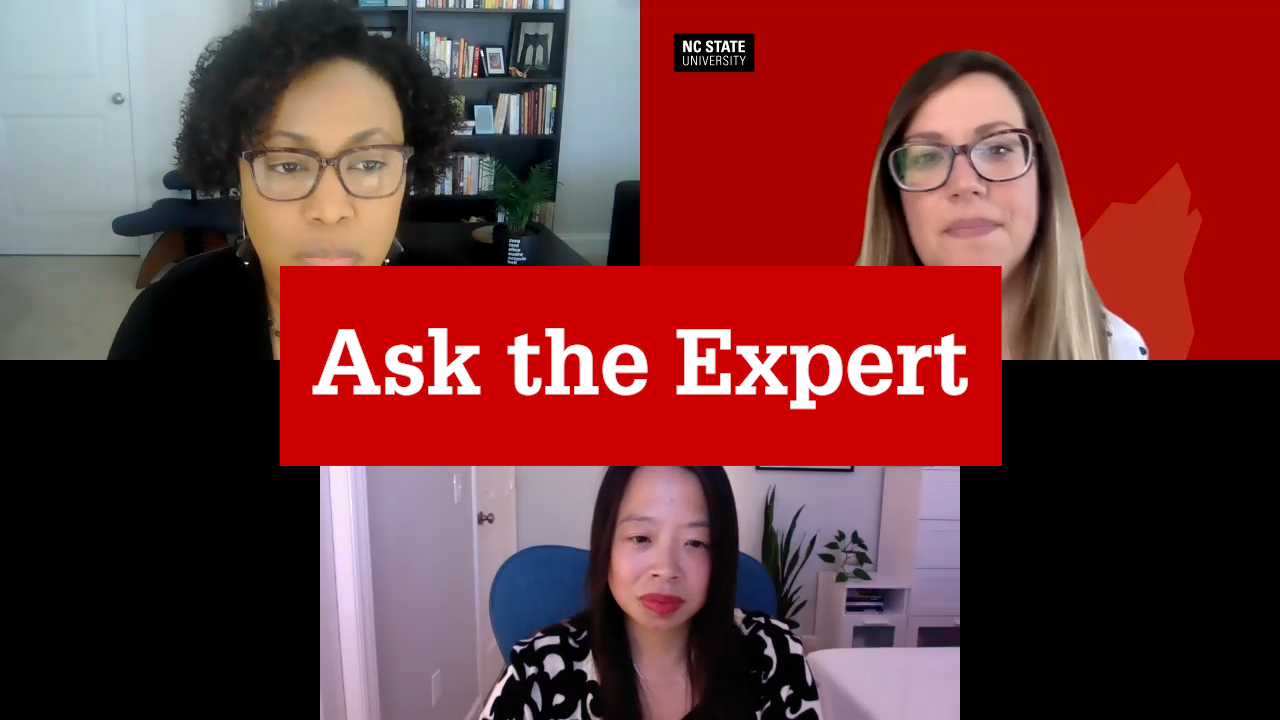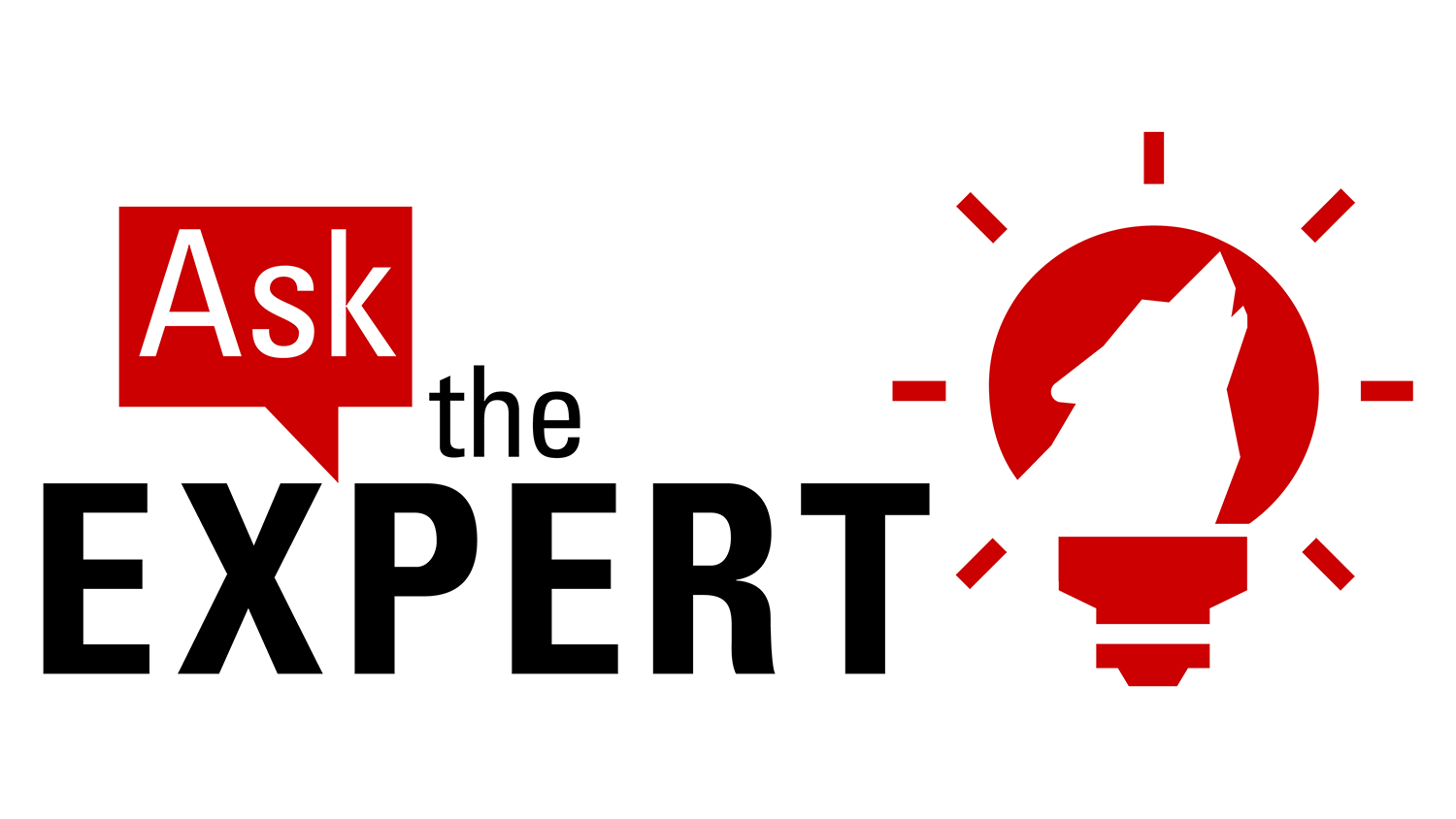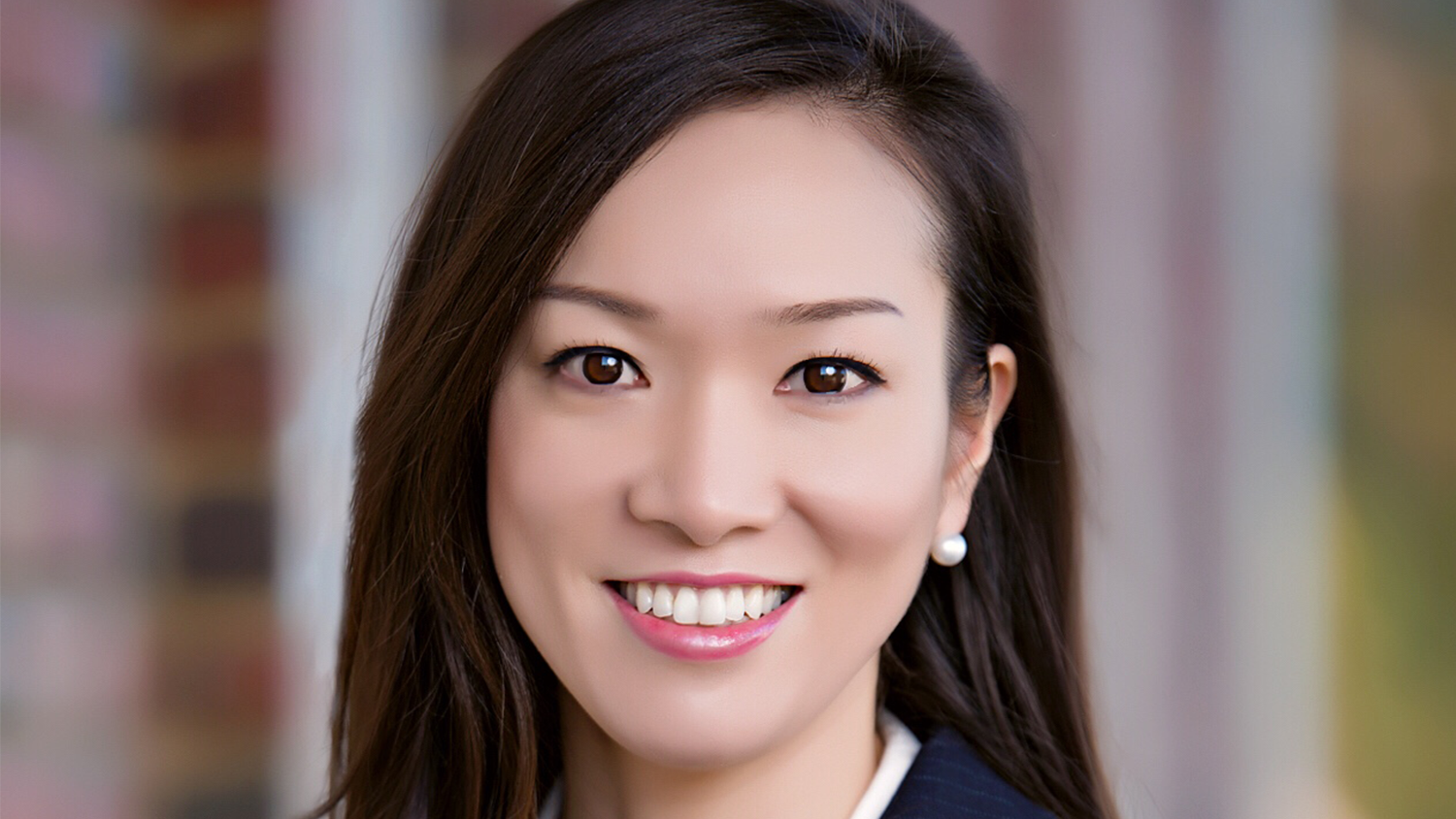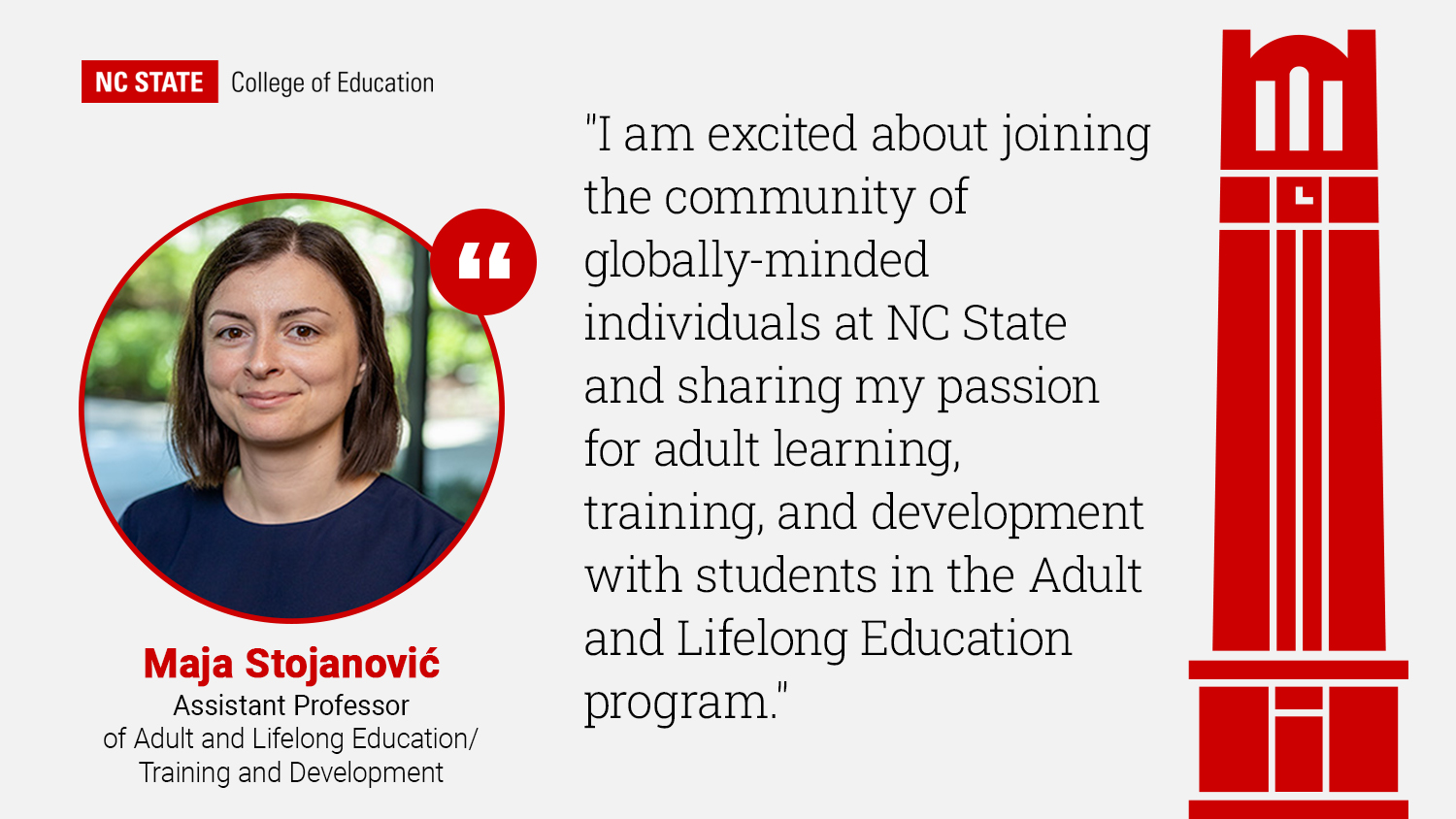Ask the Expert: What is Culturally Responsive Teaching? ‘Teaching That Acknowledges, Attends to and Leverages the Cultures, Values and Ways of Knowing of Young People,’ Say Assistant Professors Chandra Alston, Michelle Falter and Crystal Chen Lee

When students fail to see others who look like them represented in their classrooms, or when they only see representations of others who share their racial and cultural background, they can get a false impression of the different contributions that diverse groups have made to society.
To help students become more fully motivated and engaged in the classroom, and to help them better develop their identities, NC State College of Education Assistant Professors Chandra Alston, Ph.D., Michelle Falter, Ph.D., and Crystal Chen Lee, Ed.D., said that engaging in culturally responsive teaching practices is crucial for educators.
“Our student body is becoming more and more diverse and when you do not use culturally responsive pedagogies, you are erasing different ways of learning, different types of knowledge and different cultural beliefs that you as the educator maybe haven’t experienced,” said Falter, who studies young adult literature and engagement in difficult discussions around literature.
Culturally responsive teaching began as a concept introduced more than two decades ago by Geneva Gay, Ph.D., and has also been referred to as culturally relevant teaching. The goal is to make teaching practices relevant to students of all backgrounds by taking in their home languages, acknowledging their unique funds of background knowledge and making space in the classroom for different types of knowledge that have not traditionally been included in the curriculum.
Culturally responsive or relevant teaching requires a student-centered approach that values and draws upon every student’s unique cultural strengths while affirming and advocating for their full humanity, said Lee, who studies literacy, community engagement and youth in marginalized populations.
“Culturally responsive teaching is teaching that acknowledges, attends to and leverages the cultures, values and ways of knowing of young people in order to deepen and extend their understanding of the content, of themselves, of their roles in the world and of how power dynamics function,” added Alston, who studies literacy policies and practices that influence equitable teaching in secondary classrooms.
Culturally responsive teaching, Alston said, is not just important for students who are from historically marginalized backgrounds, but for all students so that they can see themselves as part of a holistic community.
The group acknowledged that, although not always intentional, many classroom practices tend to privilege certain groups of students while glossing over others from different cultural backgrounds.
For example, while books by Black authors Toni Morrison and Zora Neale Hurston are critically acclaimed for their use of dialect, an English teacher would traditionally view student writing in a similar style to be “incorrect” for its lack of standardized English. Although there is a place for teaching academic writing, Alston said that allowing students to express themselves in a variety of ways will enable them to see their forms of expression as valid.
“I think it’s particularly important to invite the students’ multiple languages or cultures into the classroom. I’m very passionate about amplifying student voices, so having students tell their stories to de-center the marginalization that they experience in schools allows them to tell counter stories that are not told in the public discourse,” Lee said.
[spotlight-box label=”” img=”” heading=”
Learn More About the Work of Chandra Alston, Michelle Falter and Crystal Chen Lee
” cta=”” url=””]
Assistant Professors Chandra Alston, Ph.D., Michelle Falter, Ph.D., and Crystal Chen Lee, Ed.D., have been engaged in various work that aims to promote anti-racist teaching, amplify the voices of historically minoritized students and create more equitable opportunities for students. Below is a collection of recent stories about these efforts.
- 3 College of Education Assistant Professors Publish White Paper to Help English Language Arts Teachers Become Anti-racist educators
- Assistant Professor Michelle Falter Receives North Carolina English Teachers’ Association’s First-ever Anti-Racist Teaching Award
- With Help of Literacy and Community Initiative, Directed by Assistant Professor Crystal Chen Lee, High School Students with Juntos N.C. Publish Peer-reviewed Article
- Chandra Alston Receives Catalyst Grant for Project to Develop a Framework for Disciplinary, Equity-oriented Use of Informational Text in Middle School English Language Arts
[/spotlight-box]
Another practice that can privilege particular groups of students over others, Falter said, is the use of whole class novels. While there are instances where having every student read the same book is valid, a whole class novel can often neglect the diverse needs of adolescents.
A better approach, Falter said, would be to learn what students are interested in and find books that meet those needs, and to utilize literature circles or book clubs to accommodate different students engaging with different stories.
“We want to make sure in our classrooms that our students’ use of language is celebrated rather than telling them they can’t use certain words or ways of writing,” she said. “[We want them to know] they have agency and are able to choose books that best suit their interests. It’s about really appreciating what the students are bringing to your classroom and not just focusing on what my personal knowledge is as an educator.”
When introducing texts from authors of color or texts that disrupt the traditional narrative, Alston said educators should seize the opportunity to alter their teaching strategies around literature and bring discussions about power dynamics into the classroom.
“In some ways, it’s damaging to allow these representations but to not really deeply talk about culture and power and those dynamics. Bring in those texts, but also interrogate. What this interrogation allows you to do is then change your practice,” she said.
Falter, Alston and Lee are the authors of a white paper, “Becoming Anti-Racist ELA Teachers: Ways to Move Forward,” that was released in the summer of 2020. The paper outlines five steps based on the work of scholars, teachers and activists that can help educators actively move toward anti-racist ELA education.
In the paper, the authors drew from Marcelle Haddix and Mary Alexandra Rojas’ framework for interrogating texts assigned in the classroom. These include asking questions that determine who the text was written for, what perspectives are omitted from the texts, what cultural meanings can be construed from the text and how the text is positioning the reader.
As student populations in classrooms across the United States become significantly more diverse, Lee said that it’s important for educators to think critically about the books they’re including and assignments they are giving to ensure diverse cultures are represented.
“Students should be reading and analyzing books that serve as windows and mirrors for them and that open different doors to different cultures,” Lee said. “We have to recognize that they bring a lot of diverse cultures, a lot of diverse experiences and we have to rethink the way we teach our curriculum.”
The work for educators to engage in culturally responsive teaching, the group said, begins internally with teachers examining their own experiences and biases. Teachers should also take inventory of their school and local community, thinking about where their students live, what types of experiences they have outside of school and what resources are available to students regardless of their family’s income.
Once educators really get to know their students on a personal level, they can begin to develop a curriculum that helps to both address inequities and enable students to look critically at the world around them.
“Teachers know already that developing relationships is important, but this is not just about developing a relationship to improve content knowledge or to improve academic success. It’s about knowing who they are and that takes time and effort that is not written in the lesson plan,” Lee said. “Allow yourself to be engaged with the full humanity of your students by learning about their family, their culture, what inequities they might face within the community and how you can help address that.”
Creating a culturally responsive classroom, the group said, does not involve separate academic units or lesson plans. Instead, it is adopting a framework for teaching and a way of understanding who students are so that they can be celebrated, affirmed and empowered to advocate for one another on a daily basis.
“A culturally responsive classroom looks like a classroom in which students are centered, their ideas are valued, their cultures are incorporated and weaved in and their knowledge of themselves, others and the world is built,” Alston said.
- Categories:


